The world of motorsport is not just about speed and competition; it’s deeply intertwined with car culture and automotive history. From the iconic bends of European circuits to the sun-drenched tracks of the Americas, legendary race tracks have shaped the way we perceive and interact with cars. These iconic venues have left an indelible mark on car culture.
The Birthplaces of Legends
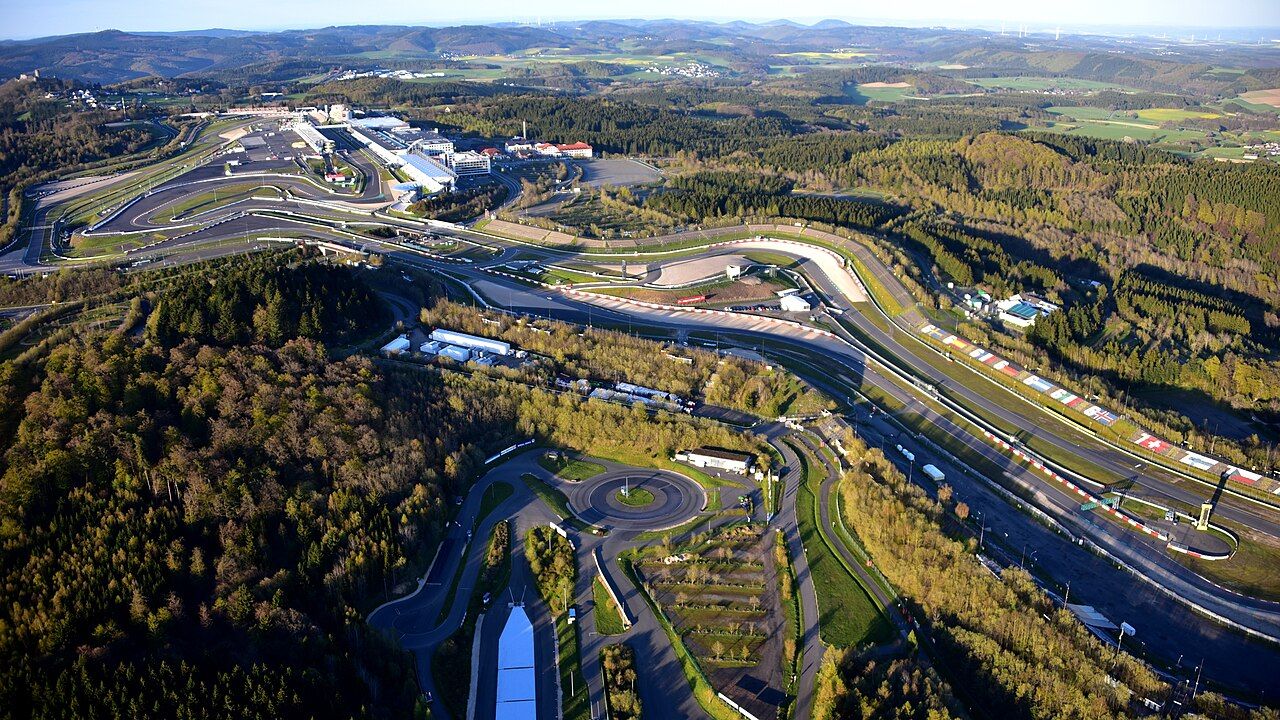
Nürburgring Nordschleife
Known as “The Green Hell,” the Nürburgring Nordschleife stands as one of the most challenging and revered race tracks in the world. Spanning over 20.8 kilometers with more than 150 corners, it is a proving ground for both manufacturers and drivers. This track has become a benchmark for automotive excellence, where car makers like Porsche and BMW test their latest high-performance models. The Nordschleife’s challenging layout and unpredictable weather conditions have made it an ultimate test of endurance and precision, capturing the imagination of racing enthusiasts worldwide.
Beyond its role in motorsport, the Nürburgring has influenced car culture significantly. It’s not uncommon to find car enthusiasts across the globe referring to their lap times on the Nordschleife as a badge of honor. The track has also inspired the design and engineering of many street-legal cars, pushing boundaries in aerodynamics and mechanical performance.
Indianapolis Motor Speedway
The Indianapolis Motor Speedway, affectionately known as “The Brickyard,” is a cornerstone of American racing history. Home to the prestigious Indy 500, this venue has been a platform for innovation and competition since its inception in 1909. The storied oval track has seen legends like A.J. Foyt and Rick Mears etch their names into racing folklore, while also hosting the United States Grand Prix for Formula 1.
The track’s influence extends beyond motorsport, impacting automotive design with innovations like rearview mirrors and refueling strategies. The Indianapolis Motor Speedway has played a crucial role in fostering a culture of speed and innovation, cementing its place in the annals of car culture.
European Icons
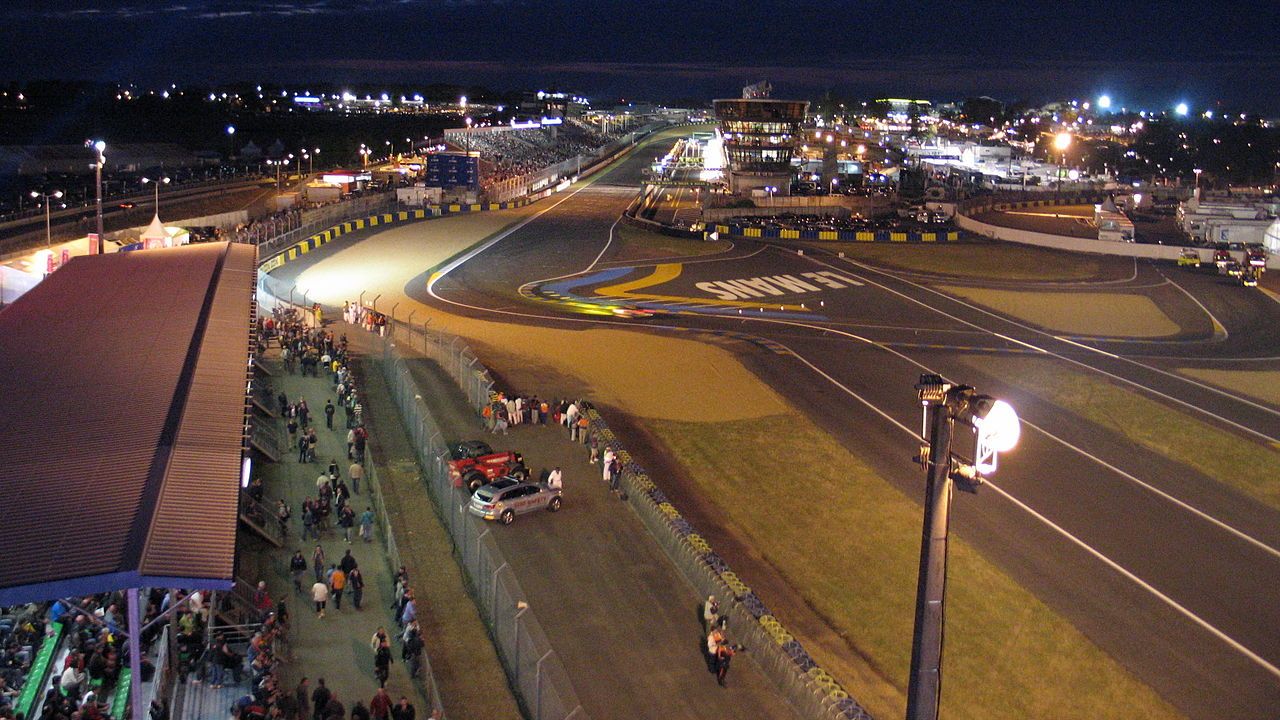
Circuit de la Sarthe
Located in Le Mans, France, Circuit de la Sarthe is synonymous with endurance racing. Host to the 24 Hours of Le Mans, the track has become a symbol of technological progress and human perseverance. Over its 13.6-kilometer layout, automakers like Audi, Toyota, and Ford have pioneered advancements in hybrid technology, aerodynamics, and fuel efficiency.
The circuit’s unique blend of public roads and raceway sections challenges engineers and drivers to optimize performance and reliability. The legendary battles between Ford and Ferrari in the 1960s, immortalized in films and documentaries, showcase the track’s storied history and its profound impact on car culture.
Monza
Known as the “Temple of Speed,” Monza is a historic circuit located near Milan, Italy. Its high-speed straights and challenging chicanes have made it a favorite among drivers and fans alike. Since hosting its first race in 1922, Monza has been a fixture on the Formula 1 calendar, witnessing countless dramatic races and memorable moments.
Monza’s influence on car culture is profound, with its emphasis on speed and performance driving innovation in automotive engineering. The circuit has seen iconic cars like the Ferrari 312T and the McLaren MP4/4 set records and thrill spectators, further cementing Italy’s reputation as a hub for automotive passion.
Asian Marvels
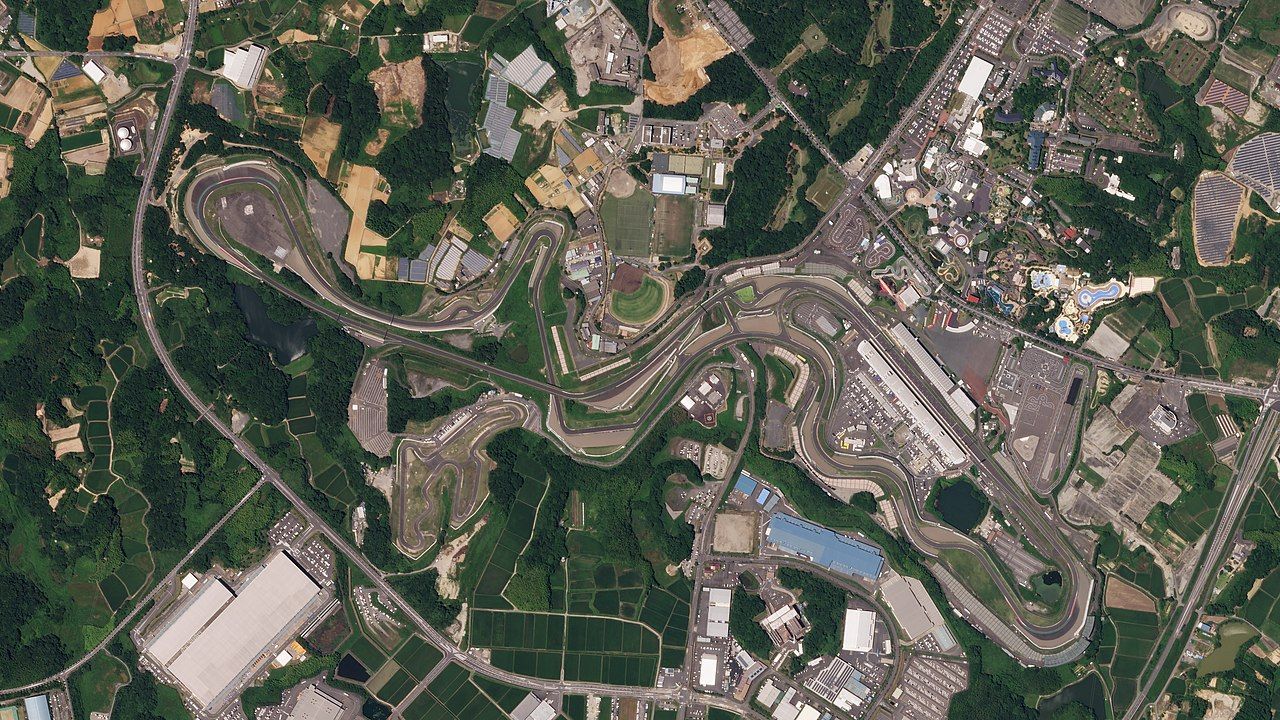
Suzuka Circuit
Suzuka Circuit in Japan is renowned for its technical complexity and unique figure-eight layout. Designed by Dutchman John Hugenholtz, the track has become a staple in the Formula 1 calendar and a beloved venue for motorsport fans. Suzuka’s demanding corners, such as the famous 130R, test the skill and bravery of even the most experienced drivers.
Beyond its role in professional racing, Suzuka has significantly influenced Japanese car culture. It serves as a testing ground for Japanese manufacturers like Honda, allowing them to refine their vehicles’ performance and handling characteristics. The circuit’s influence extends to grassroots motorsport, inspiring generations of car enthusiasts in Japan and beyond.
Fuji Speedway
Set against the picturesque backdrop of Mount Fuji, Fuji Speedway is a track steeped in racing history. Originally built in the 1960s, it has hosted events ranging from Formula 1 to endurance races. The track’s long straight and challenging corners have made it a favorite for both drivers and spectators.
Fuji Speedway has played a pivotal role in the development of the Japanese automotive industry. It has been the site of significant moments in motorsport history, such as James Hunt’s dramatic victory in the rain-soaked 1976 Japanese Grand Prix. The track continues to influence car culture by serving as a venue for testing, racing, and automotive events.
Tracks of the Americas
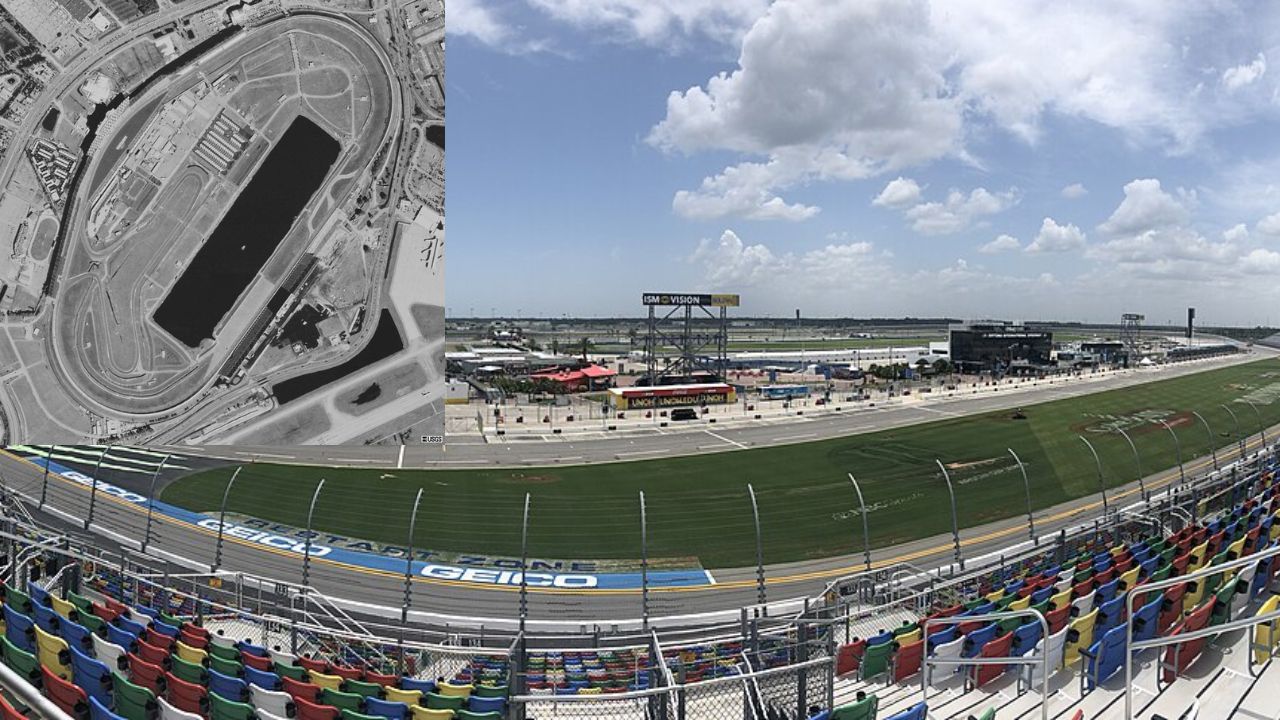
Daytona International Speedway
Daytona International Speedway is the heart of American stock car racing. Known for the legendary Daytona 500, this track has been a beacon of motorsport innovation and excitement since its opening in 1959. The high-banked oval and its road course configuration have hosted a variety of racing disciplines, from NASCAR to endurance events like the Rolex 24 at Daytona.
The track’s cultural impact extends far beyond the United States. Daytona has become synonymous with speed and competition, influencing car culture and motorsport globally. Its events draw fans from around the world, fostering a sense of community among racing enthusiasts.
Interlagos
Located in São Paulo, Brazil, Interlagos is a track known for its challenging elevation changes and passionate fans. Officially named Autódromo José Carlos Pace, it has been a staple in the Formula 1 calendar, hosting the Brazilian Grand Prix since 1973. The track has produced unforgettable moments, from Ayrton Senna’s emotional victories to thrilling championship-deciding races.
Interlagos is not just a race track; it is a cultural landmark in Brazil. It has nurtured the country’s rich motorsport heritage and inspired generations of Brazilian drivers. The circuit’s vibrant atmosphere and iconic layout make it a cornerstone of South American racing culture.
Cultural Impact and Legacy
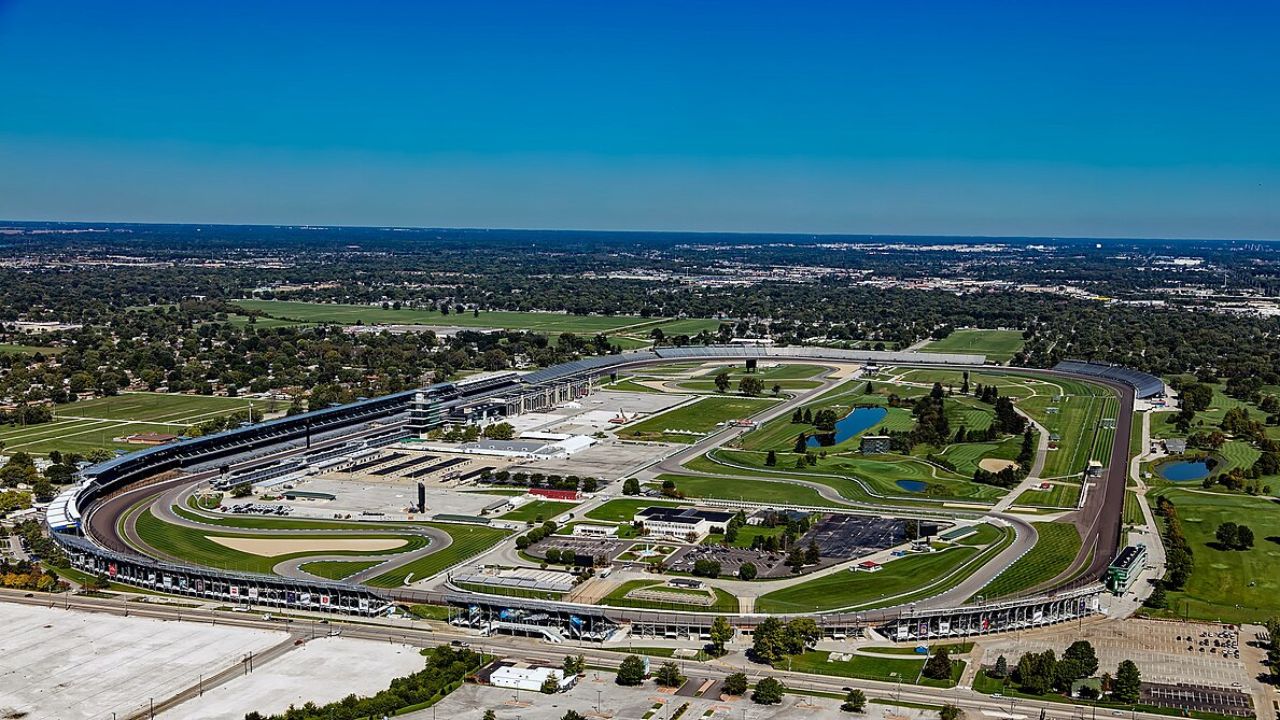
Beyond the roar of engines and the thrill of competition, these legendary race tracks have driven innovation and influenced car design and technology. From the aerodynamic advancements tested at Circuit de la Sarthe to the engineering breakthroughs showcased at Indianapolis Motor Speedway, these venues have pushed the boundaries of automotive engineering.
Moreover, these tracks have played a crucial role in fostering a global motorsport community. They bring together racing enthusiasts and car culture aficionados from diverse backgrounds, creating a shared passion for speed, innovation, and competition. The legacy of these tracks is not just in the records broken or the races won, but in their enduring influence on car culture and the global community they nurture.
Like Fast Lane Only’s content? Be sure to follow us.
Here’s more from us:
*Created with AI assistance and editor review.

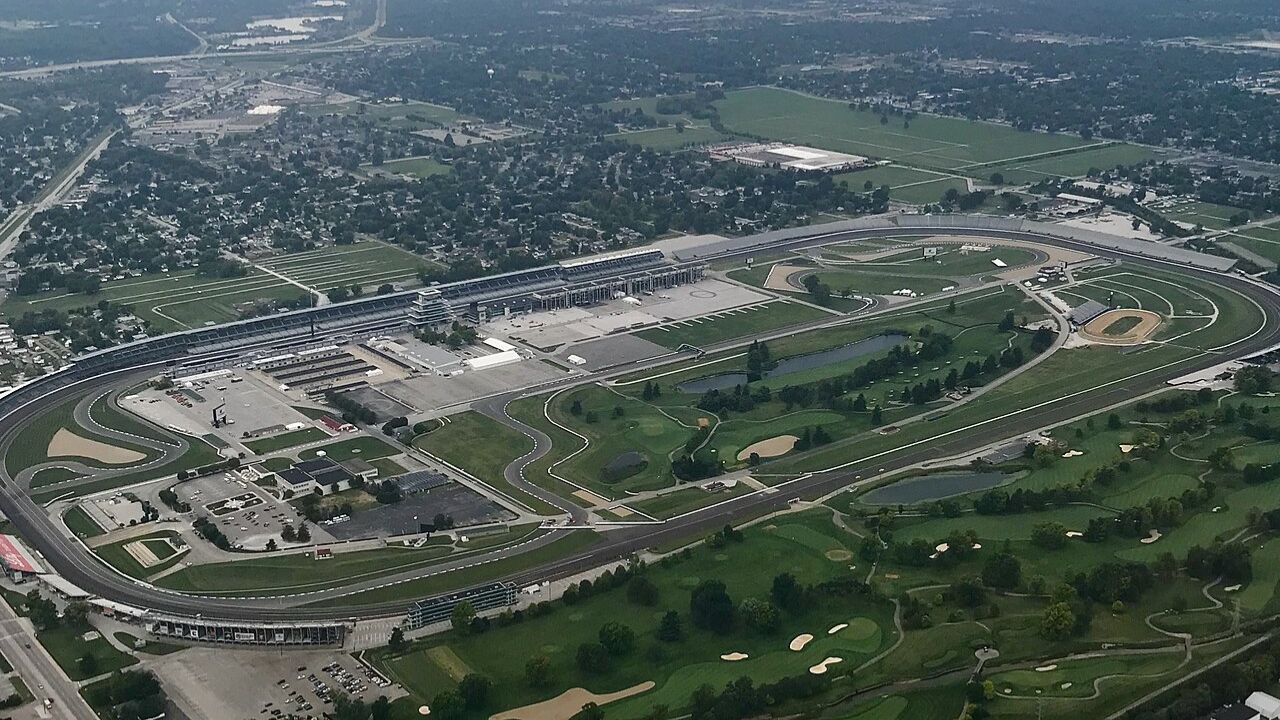


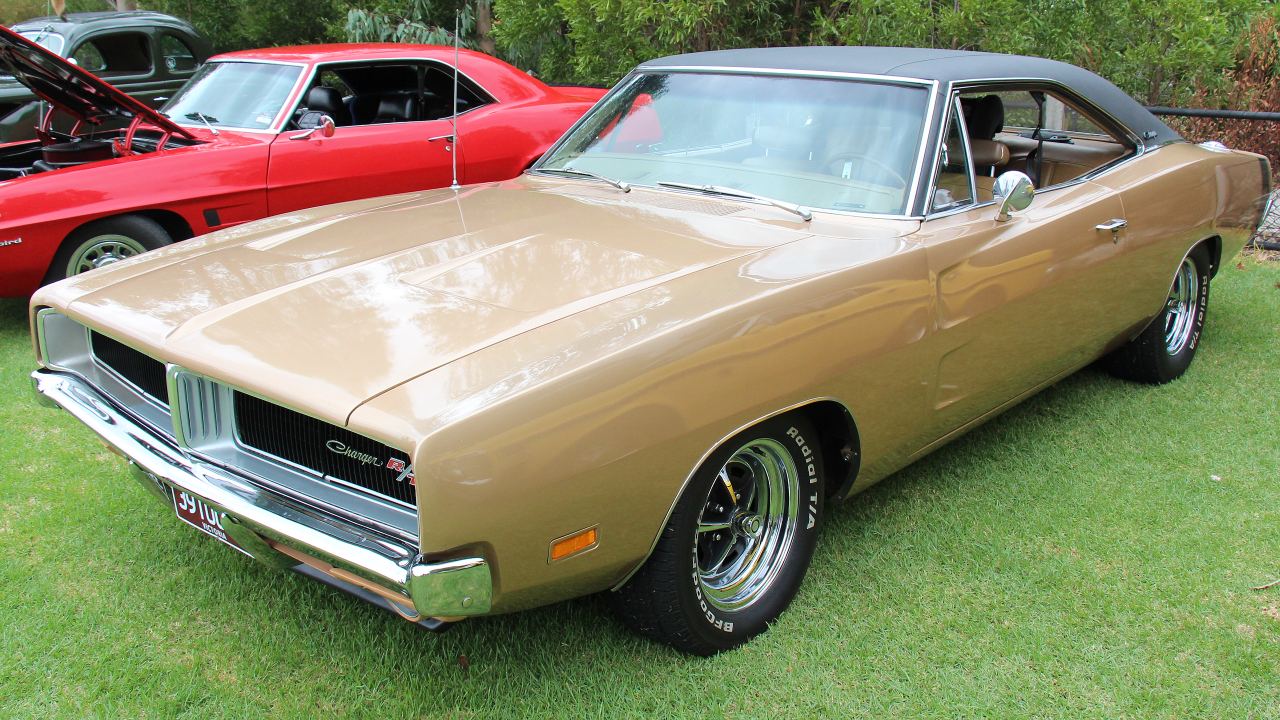


Leave a Reply